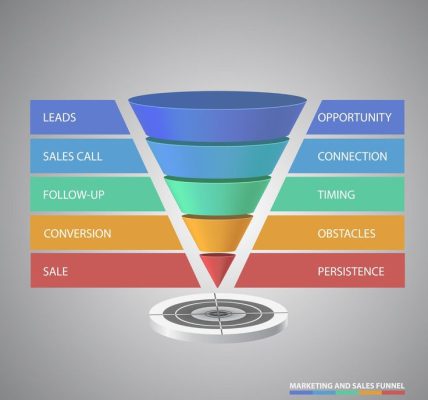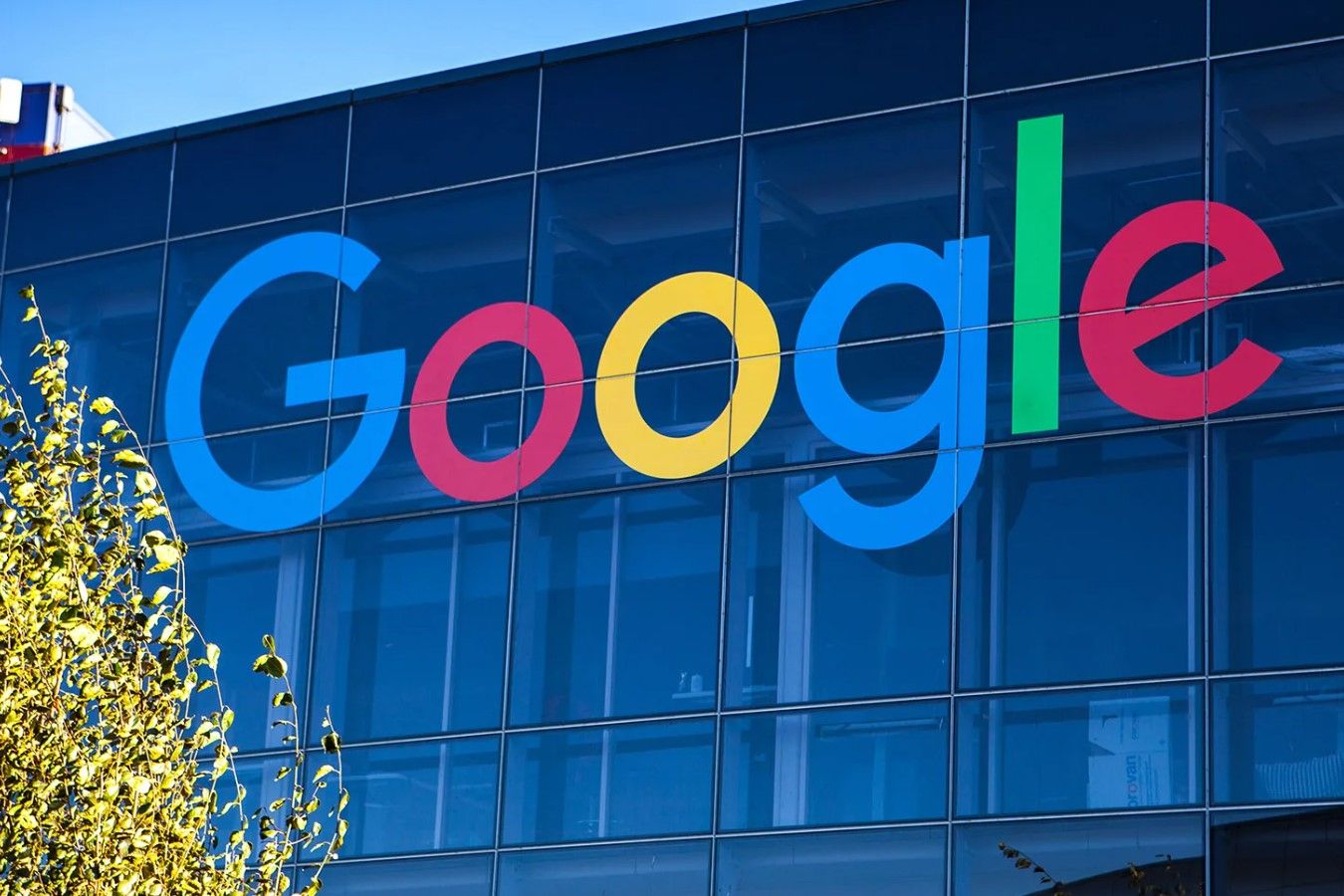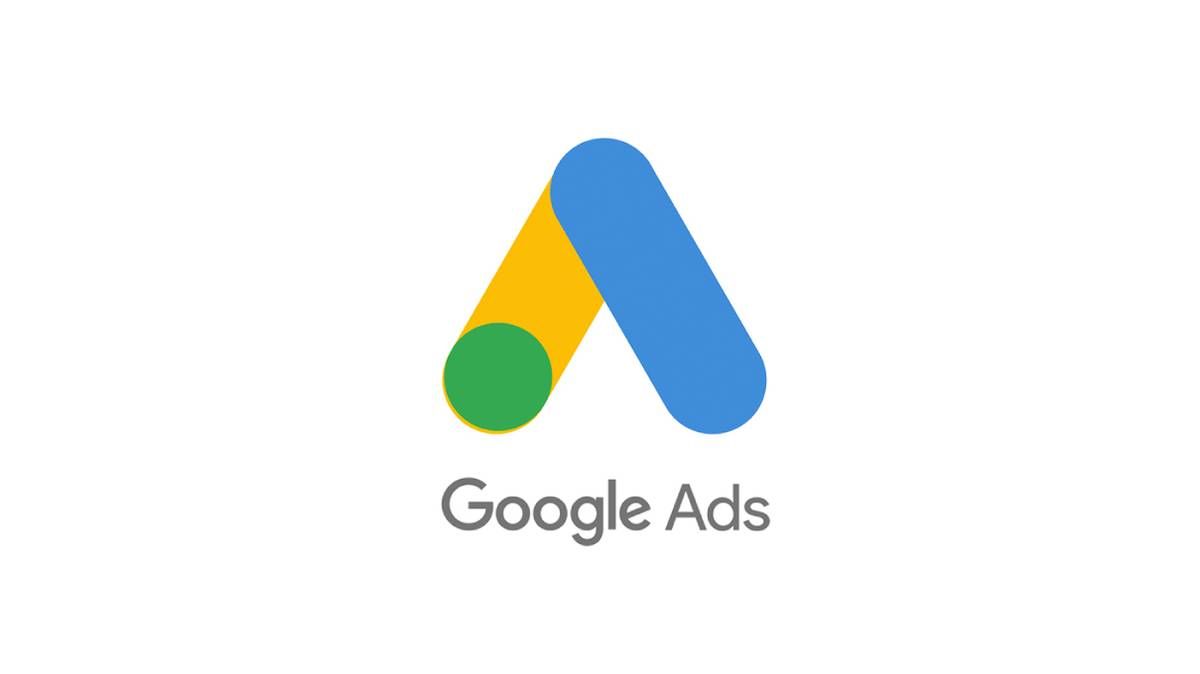Digital marketing for small business, a topic that seems overwhelming…
…but can actually be very simple.
Here’s the thing.
Small business owners—you know that your business NEEDS to be found online. But online marketing requires years of technical experience and a large marketing budget, right?
Wrong.
You just need your business website and a little clarity from a marketing professional (myself) to get your products or services in front of the right people with ease.
Allow me to take you through what I take my clients through…
In this guide you’ll learn:
- Why digital marketing is important for your small business…
- What digital marketing strategy to focus on first…
- How to market your small business online…
- How to choose your marketing budget…
Why Is Digital Marketing Important For Small Businesses?

Digital marketing is important for small businesses because it is where everyone is researching when looking for a solution to a goal, problem, or challenge.
That solution being your business.
It’s also much cheaper than traditional marketing and you own all the customer data that comes with your online marketing. This allows you to scale higher in less time. Every dollar you spend can be directly attributed to your desired end result.
You are able to reach a larger group of people (locally, nationally, or globally) and get results at a quicker rate than traditional forms of marketing.
Your customers and competitors are online and so should you.
Simply put, it’s accurate, bigger, cheaper, easier, and faster.
What Digital Marketing Strategy Should I Focus On First?

I know what you’re thinking…
There’s so much to do. You can invest time in search engine optimization (SEO) and wait to land on Google’s first page search results.
Maybe you might want to invest money in Facebook Ads or Google Ads (formerly Google Adwords). Perhaps you’re already doing social media marketing by posting to your Instagram, TikTok, Snapchat, and a host of other platforms.
This is where you I’ll tell you what I tell my clients….
There are only three ways to grow a small business.
You can increase the amount of revenue you make, keep existing customers longer and have purchase more often, or acquire more new customers.
That’s it.
All your marketing and sales efforts should revolve around increasing one of those 3 growth levers.
I call these 3 levers the ABC Formula…
The ABC Formula
The ABC Formula is a simple framework to focus your marketing and sales efforts on the only 3 levers that will grow your brand:
- Average order value (AOV)
- Buyer frequency
- Customers

In order to increase revenues, you have to focus on your average order value. To retain customers longer, you have to pay attention to your buyer frequency, and with customers, well you know, customer acquisition.
If one of these three are your goals, then you can work backwards to create your strategy…
How Do I Market My Small Business Online?

I teach my clients that digital marketing for a small business revolves around simplicity.
If it becomes too complex or time consuming, then you’re less likely to do it.
With that said, I created the Focus Map to remove all overwhelm business owners feel when they try to market their business in-house or choose to own the marketing strategy and outsource the marketing tactics.
The first step, as you may have guessed, is to choose your goal…
Step 1: Choose your goal
Okay, you have your 3 goals (remember the ABC Formula).
Which goal will you focus on first? And can you focus on it for the next 90 days?
- Increase My Revenue – You’re getting consistent traffic to your website but feel you should be closing more leads or converting more sales. This goal revolves around increasing your average order value (AOV) and your conversion rate (CVR). When choosing this goal you’ll need to have specific building blocks such as upsell offers, order bumps, and one-time offers (OTOs). These building blocks are strategically placed within your marketing sales funnel to increase your average order value, thus bringing in more revenue. Conversion rate optimization is then done to ensure that the traffic you’re already getting to your website converts at a higher rate.
- Retain My Customers – You have a list of existing and previous customers but you want to keep them around longer and bring back the others. This goal requires you have a full value ladder, a full suite of products and/or services at varying levels of price and value that you can offer to your customers. Advanced building blocks include creating a continuity (or subscription) program to create continuous purchases and a loyalty program to reward your best and most valuable customers.
- Acquire New Customers – You’re interested in getting more new customers for your business. This goal requires having a marketing sales funnel in your business followed by testing a series of intro offers. For advanced customer acquisition, a referral program for customers to refer new customers would be created.
Step 2: Run through each step
- Increase My Revenue – What are the steps to increasing your business revenue? It begins with the user’s experience on your website. Are they able to navigate easily and find what they are looking for? Your messaging should then address their goal, problem, or challenge and position your product or service as a solution. Does your messaging speak to the solution they are after? Your offer whether it be your flagship product or service, an upsell, an order bump, or a one-time offer immediately after a purchase—should be an irresistible offer to pass up.
- Retain My Customers – What are the steps to increase customer retention? It begins with the audience. Are these existing customers or previous, inactive customers? Craft your message to be specific to them. Someone who is your current customers will not respond to someone who has not purchased from you in a while. Create a specific, irresistible offer to that segment of your customers. One to win previous customers back, reward loyal customers, or to move existing customers up your value ladder into more expensive and valuable products or services.
- Acquire New Customers – What are the steps for customer acquisition? It begins with narrowing down to a specific target customer, a buyer persona. From that profile, you can craft specific messaging that addresses their interests to position your irresistible offer much like above.
There is one thing left to do, that is to choose what channel you’ll use to attract these people…
Step 3: Choose your marketing channel
The three most powerful channels for a small business are: content, email, and advertising.
- Increase My Revenue – Use content such as your sales pages, case studies and reviews, or lead magnets to move your website visitors up your value ladder and to an offer. Alternatively, you can leverage email marketing to segment or upsell your email list.
- Retain My Customers – Use video content, audio, or blog posts to continue engaging existing customers and bring back previous buyers. Leverage email to deliver your content marketing to them. Layer in ads to amplify this content by retargeting customers.
- Acquire New Customers – Optimize existing content (SEO or search marketing), use social media posts, or become a guest on publishers that already have your target audience. If you have a list, apply an engagement email campaign to get them to take the next action, a purchase or a consultation. Create an advertising campaign to reach a large group of your target customers and pave the way to a purchase.
What Should My Marketing Budget Be?

This is a common question I get asked by clients or business owners that are interested in digital marketing for a small business.
The answer like you might expect is, it depends.
It depends on what you are comfortable spending to acquire a customer or get a “conversion”, the desired end result that you seek.
A rule of thumb is to budget 7% of your gross revenue to your marketing. So if your gross revenue was $5,000,000 last year, budget $350,000.
Keep in mind, however, profitability is important so you should know what your average order value (AOV) and your customer lifetime value (LTV) numbers are.
- Average Order Value = Revenue / Number of Orders
- Lifetime Value = Customer Value / Customer Lifespan
You should be willing to spend at minimum the AOV amount to acquire a customer and if you’re know your numbers well, be willing to spend your LTV to acquire a customer.
A Call To Action
Implement the Focus Map in your business:
- Improvement to increase your revenue
- Way to retain customers longer
- Method to acquire new customers








